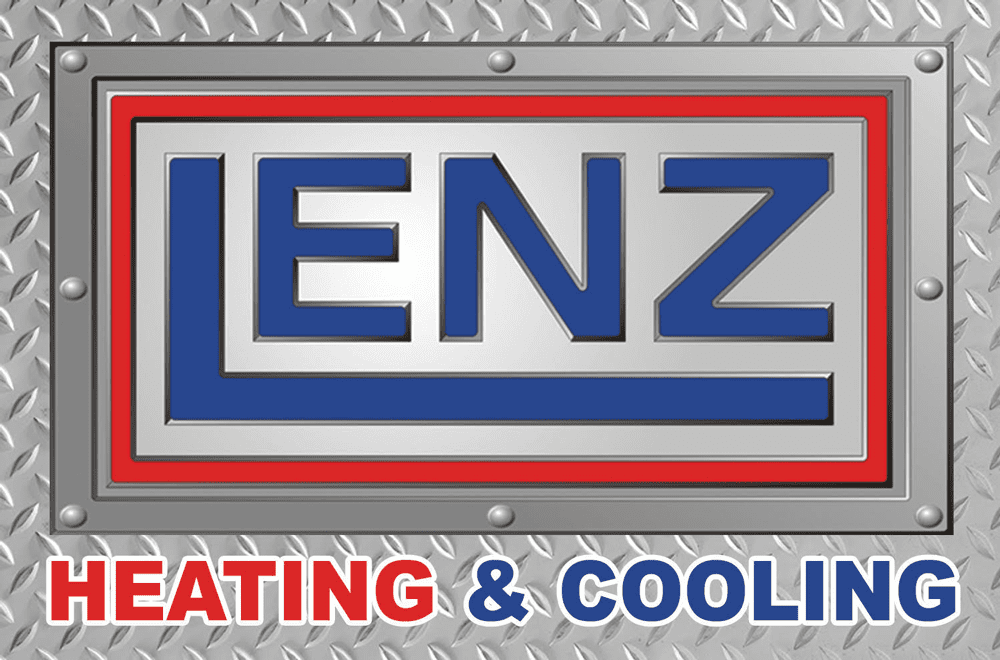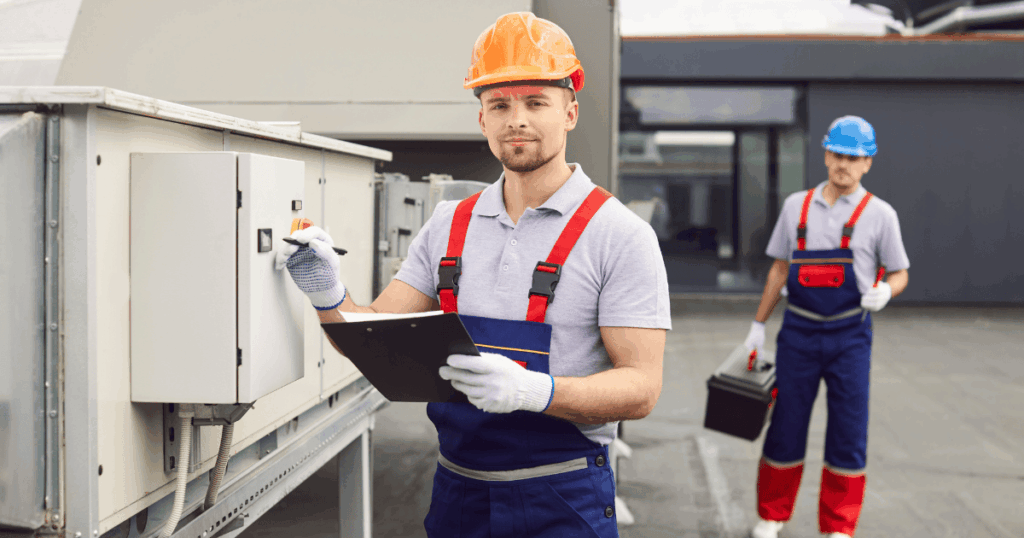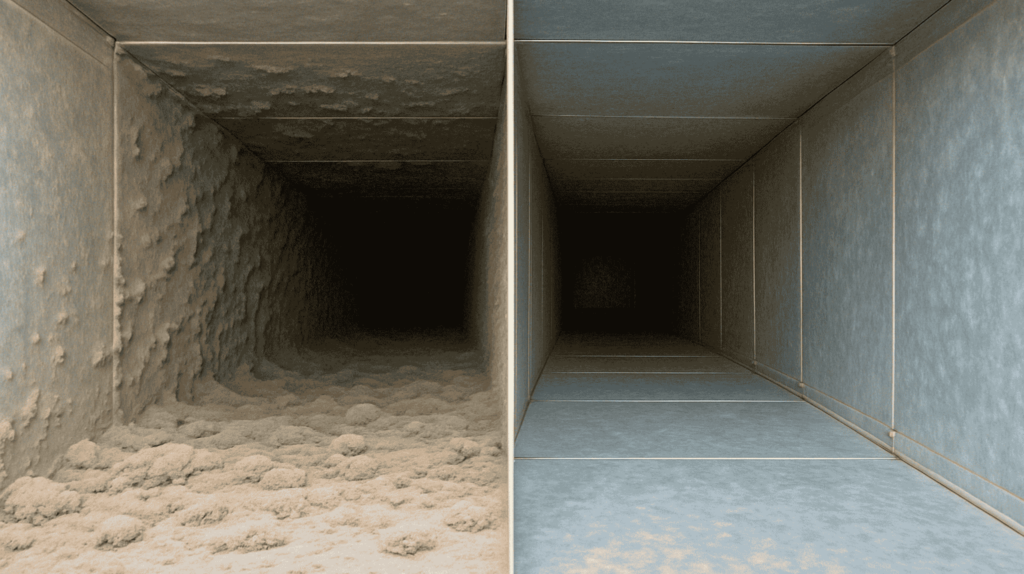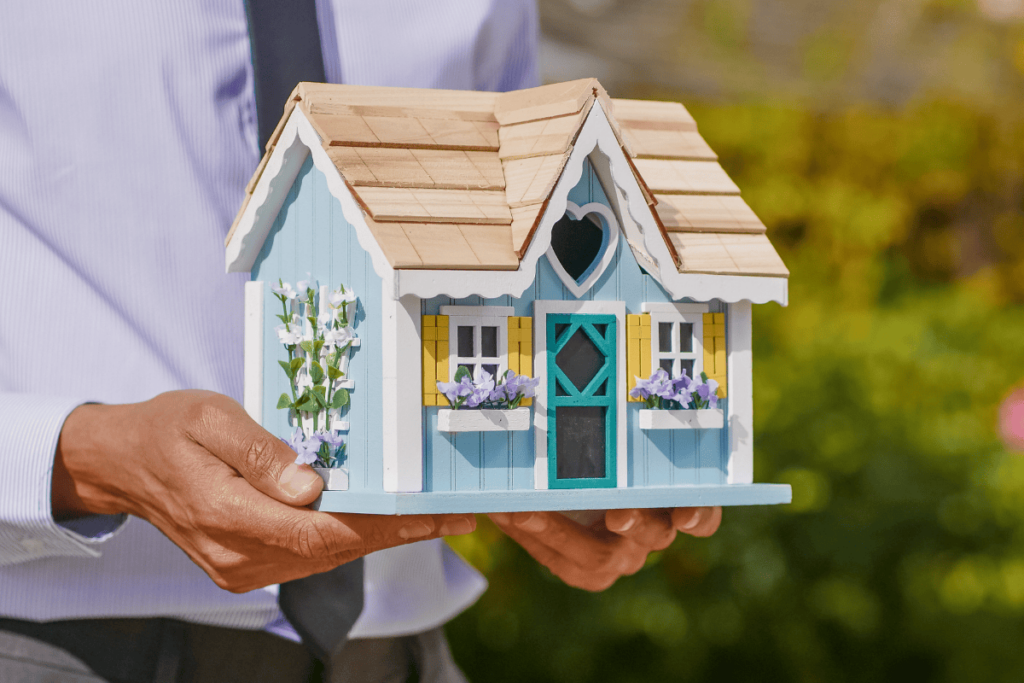The most common way carbon monoxide can leak into your home from a natural gas furnace is through a cracked heat exchanger.
But what is a heat exchanger? The heat exchanger allows for the exchange of heat between two liquids or air streams without mixing the two. It is a sheet of metal or tubing that is heated up when the burners are ignited. The outside of the heat exchanger is where the cold air passes, becoming warm and distributed throughout the home’s ductwork. Inside your furnace, natural gas is burning to create the heat, and the heat exchanger keeps the by-products of the burning natural gas, including carbon monoxide, from mixing with the air you breathe. If a crack appears in the heat exchanger, there is an increased potential for the carbon monoxide to leak into the distributed air and circulate around the home.
That’s a scary thought to face. The heat exchanger is the only barrier separating the toxic gases from your air supply, so if it cracks, that could pose a major risk to your family’s health if the problem does not get addressed in time.
The tough part about these situations is you don’t see or smell carbon monoxide and you may not see a visible crack in your furnace, let alone remembering the last time you even had someone look at your furnace. However, as the metal of the heat exchanger is continuously heated then cooled when shut off, the expansion and contraction can open the crack even more.
What Causes a Heat Exchanger to Crack?
According to the American Gas Association, the presence of any crack, hole, or other failure of the heat exchanger is reason enough to replace the heat exchanger or furnace altogether. But what causes the failure in the first place?
There are a lot of reasons, and the heat exchanger is meant to fail eventually, typically after about 15 to 18 years of use. That’s the case with any major appliance in your home. Age and constant use will wear it. The issue is premature failure, which often results from misapplication or poor furnace maintenance.
Misapplication of Your Furnace
Sometimes, the furnace in a home is too big for the size of the home. This can lead to short cycling or cycling on limit, causing the heat exchanger to heat up and cool down too often. The heat exchanger will be overworked and show that stress with a crack.
Poor Furnace Maintenance
More often than not, though, poor maintenance is the culprit of premature heat exchanger failure. When was the last time you had your furnace checked? Do you know what your furnace filter looks like? A lack of airflow to your furnace due to a dirty, dusty filter will result in your furnace overheating. In turn, your heat exchanger will endure the same overheating and cooling until, eventually, it cracks.
Furnace Tune-Ups and Maintenance
All of these causes are preventable, extending the life of your furnace and keeping your family and home safe. The easiest way to prevent your heat exchanger from cracking is by scheduling furnace tune-ups and heat exchanger inspections every six months. Contact a licensed HVAC professional in your area to check your furnace before you need it this winter. These inspections will warn you if any part of your furnace, including the heat exchanger, needs to be replaced. If an inspector finds a crack in your heat exchanger, the industry standard is to replace that heat exchanger right away. A repair won’t solve the problem. A full replacement is necessary to ensure your safety.
Some other easy ways to prolong the life of your heat exchanger and furnace include maximizing airflow to your furnace by preventing your return registers from getting blocked; regularly checking and cleaning your furnace filter; and leaving open space around your furnace and water heater.
Don’t let your heat exchanger become an issue, and instead give it the maintenance it needs to keep your furnace running for a long time, but more importantly, to keep your family safe. It is our job to make sure your home is comfortable and safe for your family to live in. Avoid an expensive and potentially dangerous problem in the future and learn more about how our team can serve your home’s HVAC repair and maintenance needs.





